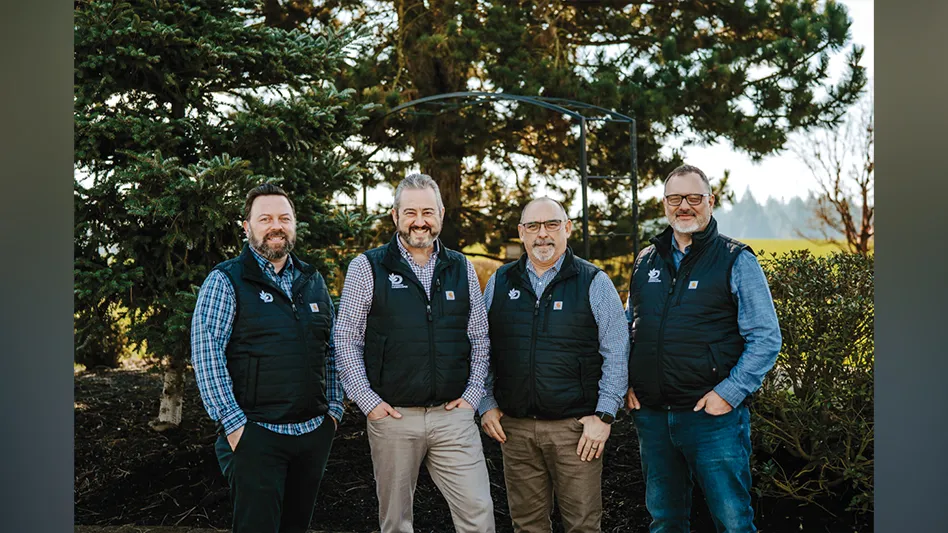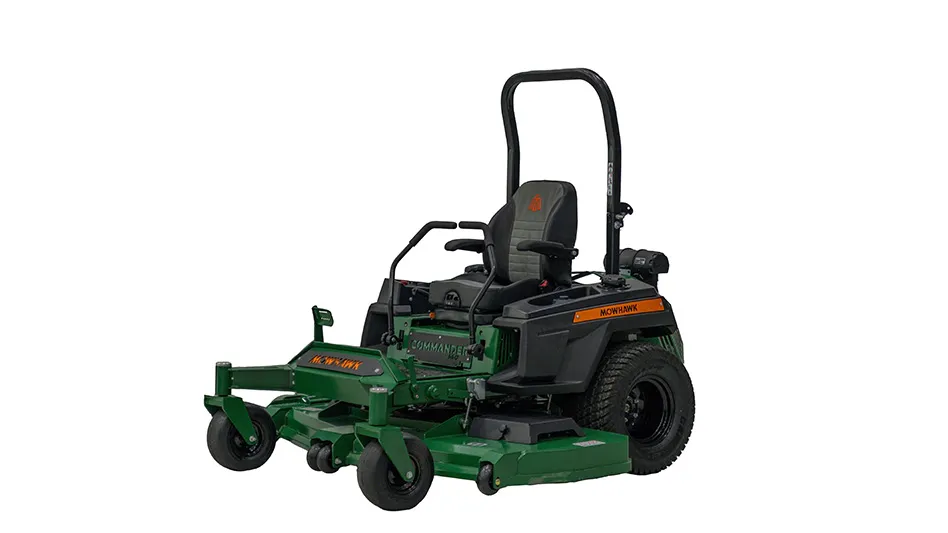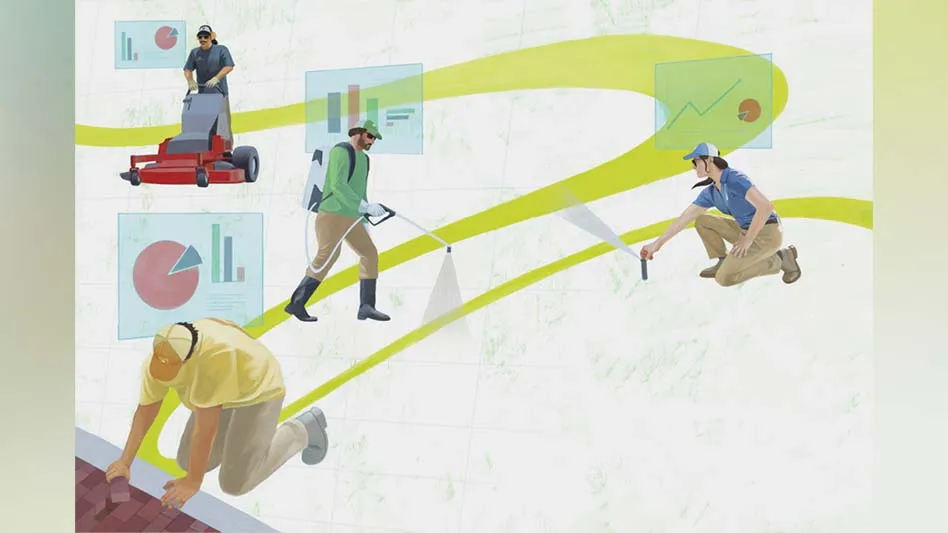SAN FRANCISCO - It’s a given in the lawn and landscape industry: workers will be using machinery and tools that can send bits and pieces of debris flying around. And just like an annoying gnat, those bits and pieces always seem to head straight for the face and especially towards the eyes. Operating a mower, string trimmer or even a pruner can be very dangerous to your eyes if you don't take precautions. Therefore, as the outdoor lawn and landscape season draws near, the American Academy of Ophthalmology - the Eye M.D. Association - reminds workers to wear protective eyewear while working outdoors. Without protective eyewear, serious eye injuries can occur, leading to the loss of vision and even the loss of an eye.
According to the Academy, many injuries result from people using power tools such as lawn mowers and weed trimmers. Academy spokesperson Lee Duffner, M.D. of Hollywood, Fla., said he has treated a number of these patients over the years. One of his patients lost an eye after a stone thrown from a rotary power lawn mower hit him. Another patient received a corneal laceration resulting in permanent vision loss from a stone thrown by a power lawn edger with the guard removed. “I have seen quite a few eye injuries from lawn edgers,” Dr. Duffner said. “Gardeners sometimes take off the guards for easier access to the vegetation. Unfortunately, this increases the chances of being hit by debris.”
Precautions are also necessary for crewmembers even if they are not operating the equipment as bystanders can also be in danger of eye injuries. One Eye M.D. reported treating an 8-year-old boy with a 1.5-inch piece of wire embedded in his eye. The boy had been watching his father mow the lawn. Unfortunately, the injury was so severe that the boy never regained full vision in that eye.
Power tools are not always the cause of eye injuries. Dr. Duffner said one of his patients developed a fungal corneal ulcer after the branch of bush he was pruning scraped his eye. “Unfortunately fungal infections can be very difficult to treat,” he said.
Another culprit is sap from certain plants. For example, sap from the pencil tree (Euphorbia tirucalli) causes toxic conjunctivitis when it gets into the eye, and is very painful. Even dirt can be hazardous to the eyes, leading to bacterial infections.
Some of the other injuries seen by Eye M.D.s include:
- A patient's eye was lacerated by a piece of nylon from a weed trimmer. Because of the injury, the patient developed an infection and lost in that eye;
- An eleven-year-old who was chopping wood had his eye penetrated by a nail left in the wood. The nail ruptured his eyeball, went through the bone at the back of his eye, and entered the frontal lobe of his brain. Fortunately, he survived, but lost that eye;
- Another eleven-year-old boy was hit in the eye by a stick that flew out from under a lawnmower. The boy's cornea was lacerated, and he later developed a traumatic cataract, which had to be surgically removed. He remains at lifelong risk for several eye conditions, including glaucoma and retinal detachment.
“Serious injuries can and do occur when people don't wear protective eyewear while working in their yards,” Dr. Duffner said. If you or someone you know experiences an eye injury, here are some first aid tips:
- Sand or small debris in the eye: Use an eyewash to flush the eye out. Do not rub the eye. If the debris doesn't come out, lightly bandage the eye and see your Eye M.D;
- Blows to the eye: Gently apply small cold compresses to reduce pain and swelling. Do not apply any pressure. Seek emergency medical care if there is pain, reduced vision or discoloration, such as a black eye;
- Cuts or punctures to the eye: Bandage the eye without applying any pressure and seek emergency medical care immediately. Do not attempt to wash the eye or remove any object stuck in the eye.
The American Academy of Ophthalmology is world's largest association of eye physicians and surgeons - Eye M.D.s - with more than 27,000 members. For more information about eye health care, visit the Academy's partner website at www.medem.com.





